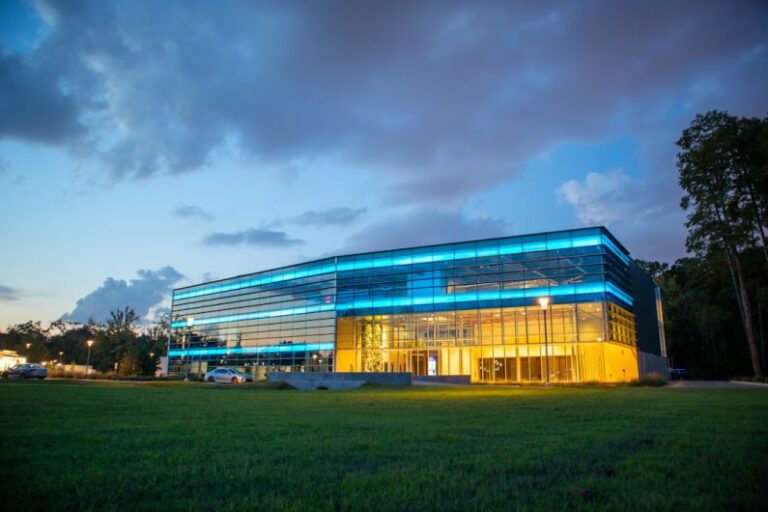What Are the Elements of a Smart City?
Smart cities are quickly becoming a focal point in urban development, aiming to improve the quality of life for residents through the integration of technology and data-driven solutions. These cities leverage various elements to enhance efficiency, sustainability, and overall citizen well-being. By understanding the key components that contribute to a smart city, we can grasp the potential benefits and challenges associated with this innovative approach to urban planning.
Smart Infrastructure
At the core of a smart city lies its infrastructure. This includes a robust network of sensors, communication systems, and data analytics tools that gather and process information in real-time. Smart infrastructure enables cities to monitor traffic flow, manage energy consumption, optimize waste management, and enhance public safety. By leveraging technology to streamline operations and improve resource allocation, smart cities can operate more efficiently and sustainably.
Sustainable Transportation
One hallmark of a smart city is its emphasis on sustainable transportation solutions. This includes the integration of public transit systems, bike-sharing programs, and electric vehicle infrastructure to reduce traffic congestion and lower carbon emissions. By promoting alternative modes of transportation and implementing smart traffic management strategies, cities can create a more livable and eco-friendly environment for residents.
Digital Connectivity
A key component of a smart city is its investment in digital connectivity. This involves providing high-speed internet access to all residents, businesses, and public spaces to foster innovation and economic growth. By establishing a reliable and secure digital infrastructure, cities can bridge the digital divide and ensure that all citizens have access to essential services and information.
Data-driven Decision Making
In a smart city, data plays a crucial role in informing decision-making processes. By collecting and analyzing vast amounts of information from various sources, cities can identify trends, anticipate needs, and address challenges proactively. Data-driven decision-making allows city officials to allocate resources more effectively, improve service delivery, and enhance overall urban planning strategies.
Citizen Engagement
Another key element of a smart city is its focus on citizen engagement. By involving residents in decision-making processes and soliciting feedback through digital platforms, cities can ensure that policies and initiatives align with the needs and preferences of the community. Citizen engagement fosters transparency, accountability, and trust, ultimately leading to a more inclusive and responsive urban environment.
Resilient Infrastructure
Building resilience is an essential aspect of smart city development. By investing in resilient infrastructure that can withstand natural disasters, climate change, and other unforeseen events, cities can better protect residents and critical assets. Resilient infrastructure includes measures such as green infrastructure, flood management systems, and emergency response protocols to ensure continuity of essential services during times of crisis.
Cybersecurity
As smart cities become increasingly reliant on technology, cybersecurity emerges as a critical concern. Protecting data, networks, and digital systems from cyber threats is essential to safeguarding citizen privacy and maintaining the integrity of city operations. By implementing robust cybersecurity measures and protocols, cities can mitigate risks and ensure the secure delivery of services to residents.
Innovative Urban Design
Smart cities often prioritize innovative urban design concepts that promote sustainability, walkability, and community interaction. This includes creating green spaces, pedestrian-friendly zones, and mixed-use developments that enhance quality of life and promote social cohesion. By reimagining urban spaces with a focus on people-centric design principles, cities can cultivate vibrant and inclusive communities that foster creativity and well-being.
In conclusion, the elements of a smart city encompass a diverse range of components that work together to create a more efficient, sustainable, and livable urban environment. By integrating technology, data-driven solutions, citizen engagement, and resilient infrastructure, cities can address complex challenges and improve the overall quality of life for residents. Embracing the principles of smart city development can lead to a more connected, resilient, and inclusive future for urban centers around the world.






